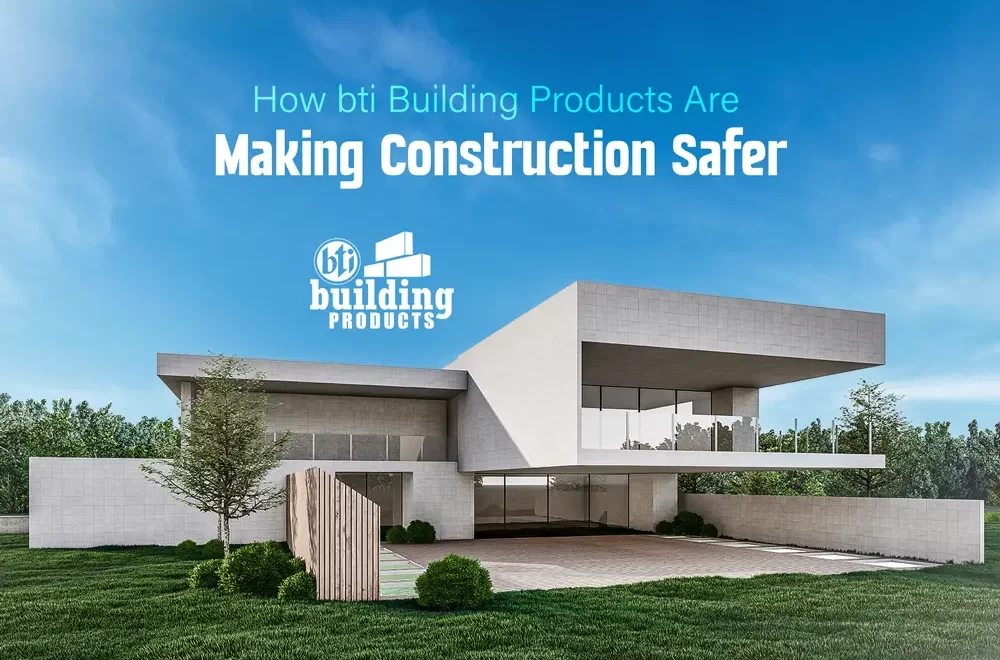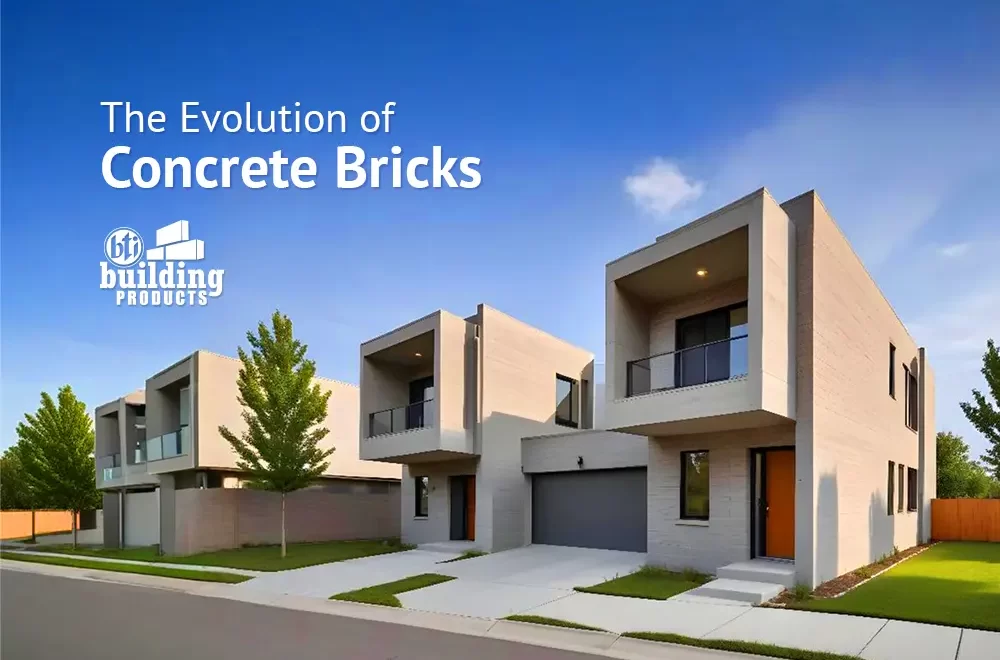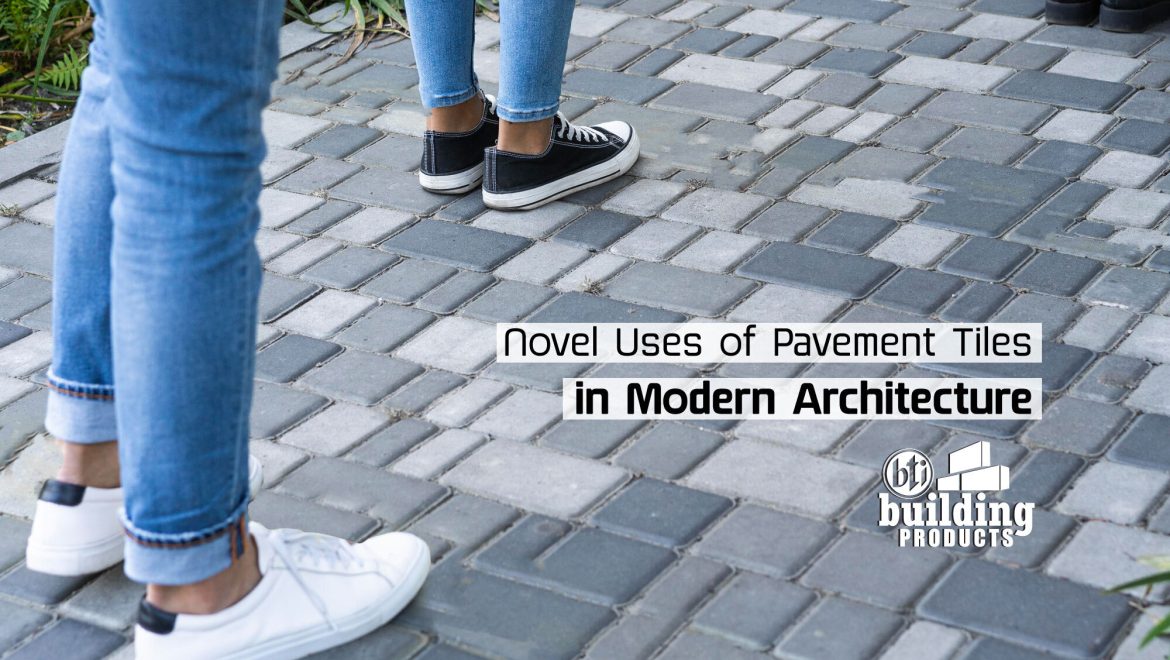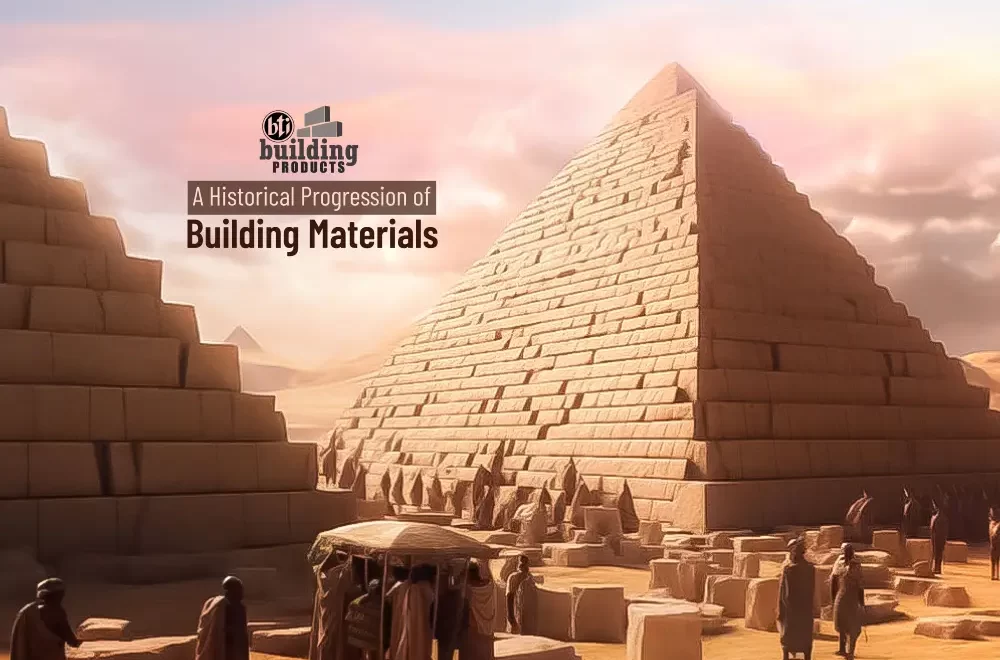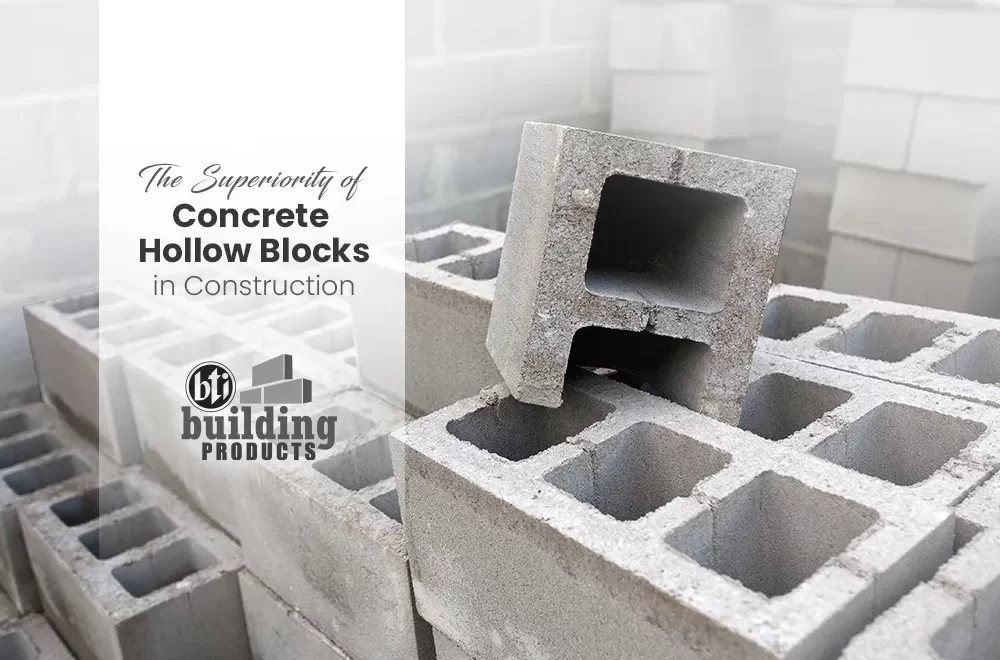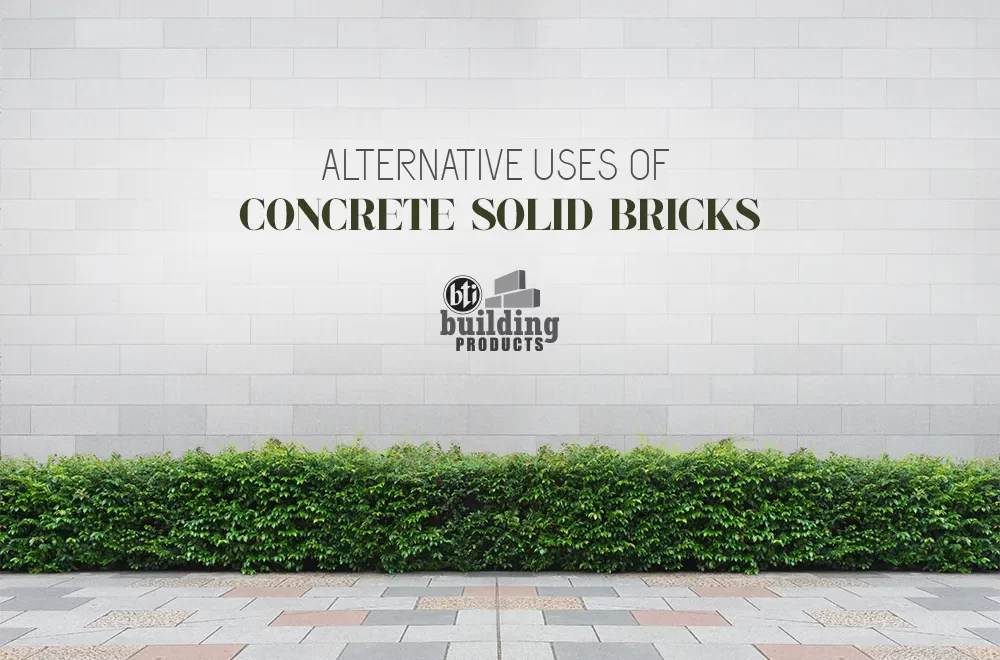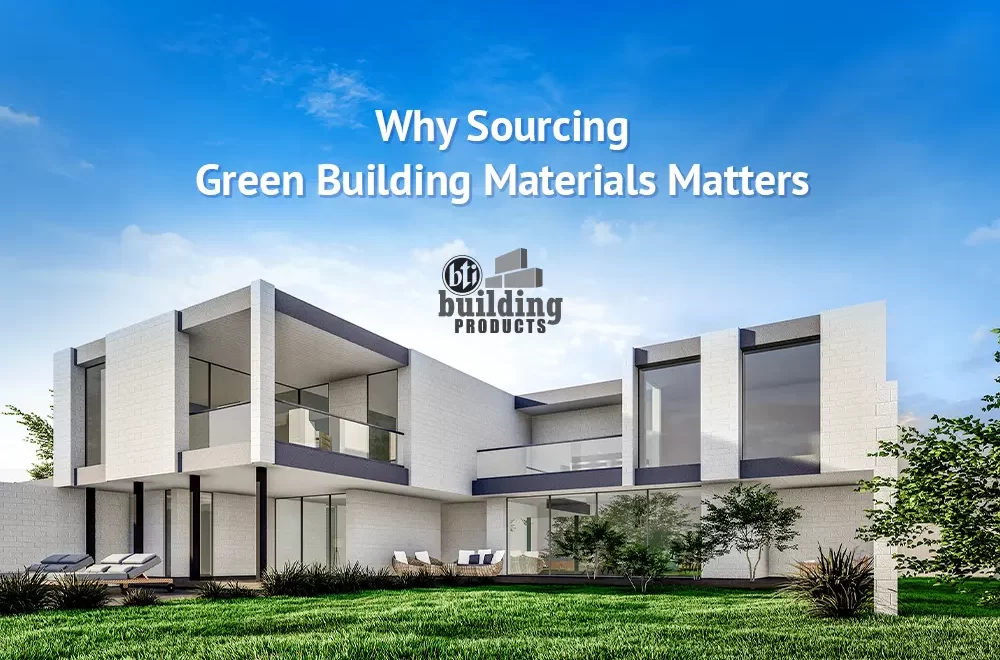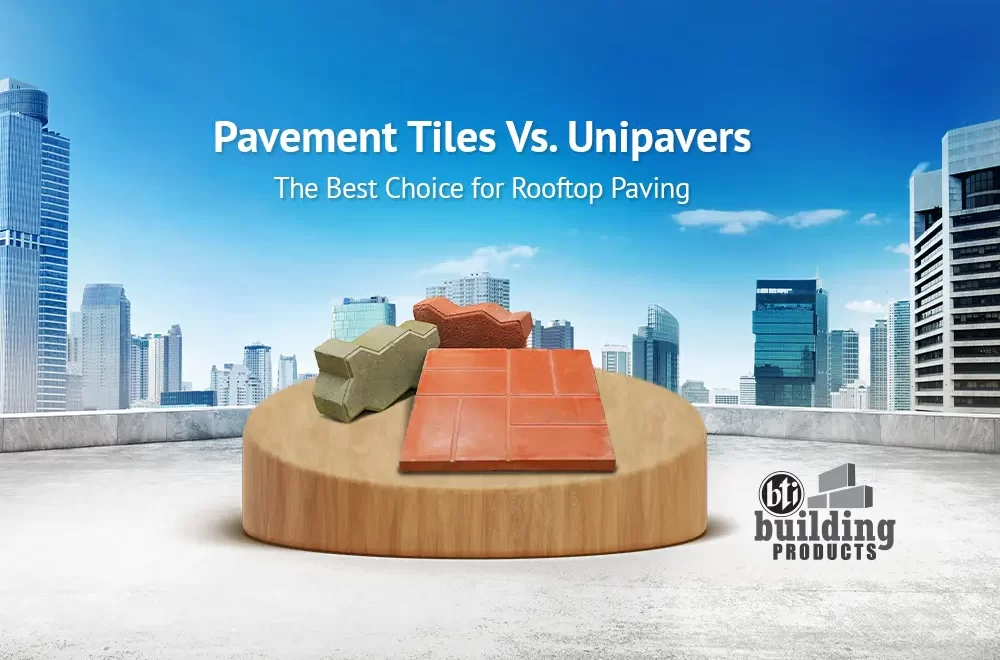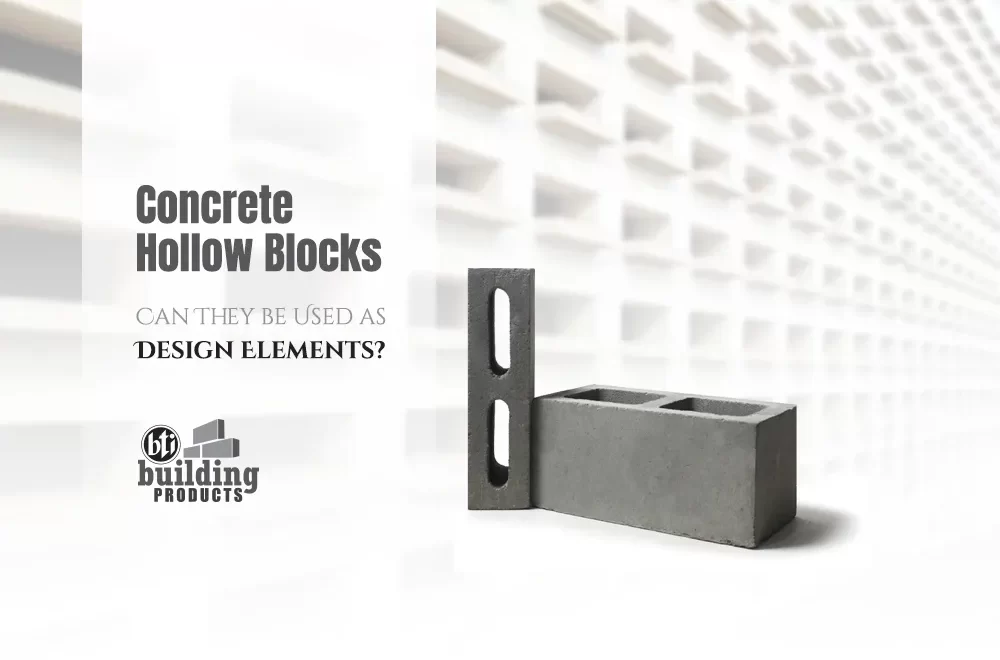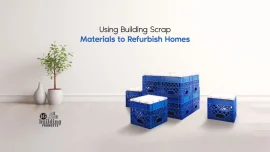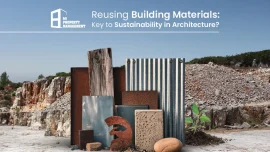How bti Building Products Are Making Construction Safer
bti Building Products is well known for its innovative concrete hollow blocks, particularly because these have largely contributed to increased environmental awareness in construction. bti building products play a significant role in enhancing construction safety through several key contributions:
- High-Quality Raw Materials
A key factor behind staying relevant as a building products company is ensuring contractors recommend your products. This is only possible when you can guarantee that your products are durable. We source all of our raw materials from the best origins, allowing us to make sure that you get the best quality finished product possible. This allows developers to make safer construction, as the products are durable and can withstand stronger natural disasters.
- Guarantee of Safety
Unipavers and pavement tiles made by bti building products have a textured surface, providing traction when walking or running over them. This allows us to ensure the use of these products in your project will minimize accidents ordinarily caused by decreased grip and traction.
- Standards of Quality
Products made under the banner of bti building products are made using state-of-the-art technology while following the highest quality standards. Therefore these products are of the highest quality available locally. Making these at our plants also means that we can create longer-lasting products that are certified to meet industry safety standards.
- Research & Development
Due to the constant R&D done by the team working behind the scenes, you can be rest assured that bti building products are not only innovative and customizable depending on your needs, but also that new ideas are constantly being incorporated into our existing method of production to keep improving and optimizing our current processes. It also means that we are committed to developing products that will make your construction safer for generations to come.
- Training & Support
Workers at our plant are given proper training and support, both when they are undergoing the process of being recruited; as well as throughout their tenure working for bti building products. We also provide necessary training to allow all employees to stay up-to-date and relevant with modern trends, both global and local.
- Reduction in Environmental Risks
The introduction of concrete hollow blocks and concrete solid bricks has not only helped reduce the side effects of heat and sound pollution but has also significantly shortened the turnaround time for construction projects. bti building products made the use of concrete hollow blocks more commonplace than ever by integrating them into the real-estate and construction industries.
In conclusion, bti building products support or aid the safety of construction by reducing environmental risks, and providing high-quality, durable building materials that will make buildings constructed with them sturdier and stronger.


